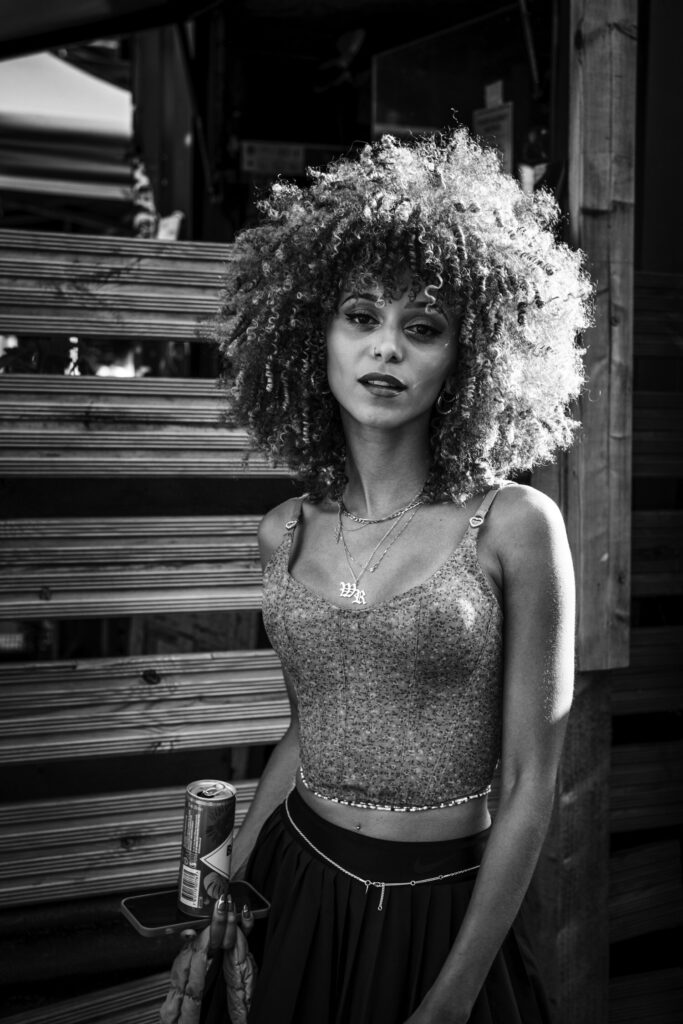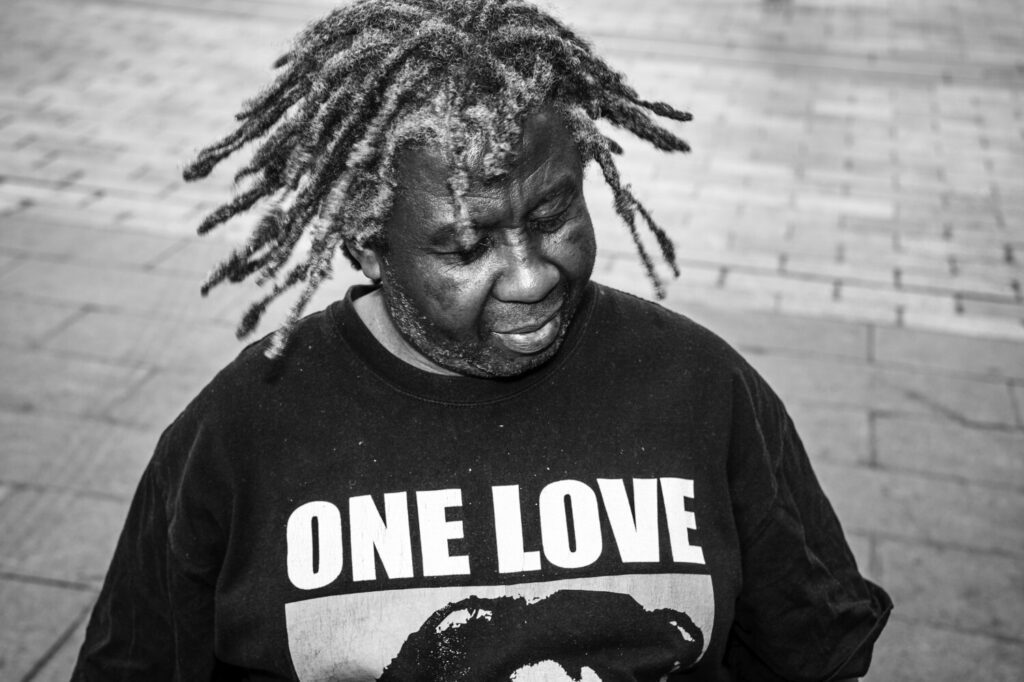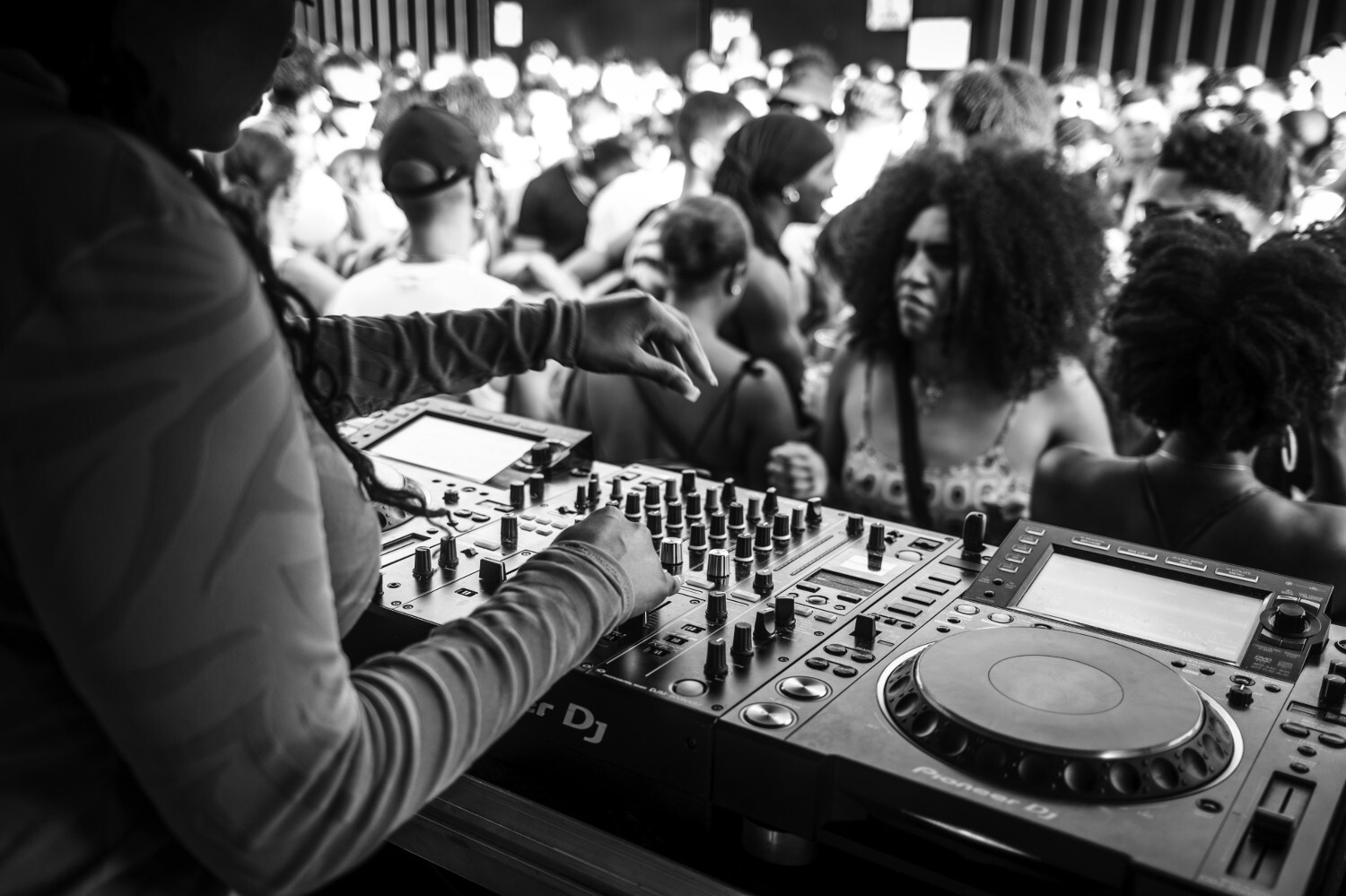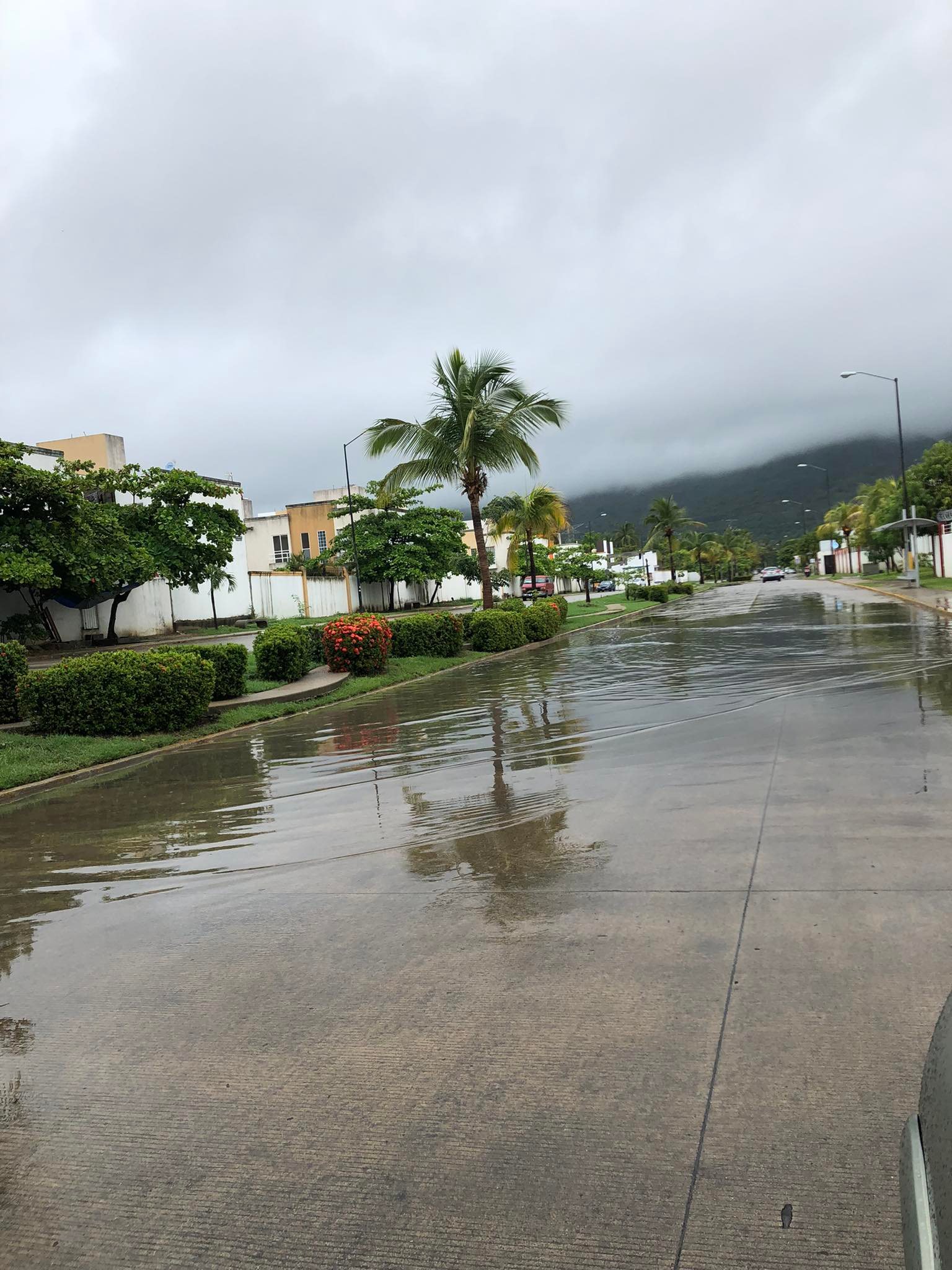by don travis and wayne crichlow
Introduction

Welcome to our visual blog essay on “Gillett Square Stories” – a unique collaborative project by Future Hackney and the Gillett Square community in London. This blog post is an extension of the essay we published in the Scenes Sounds Action section of City, which is free to readf. For a more profound sense of our work, including captions for each image, you can check out the article here.
Through participatory methods and co-authorship, we’ve crafted a new way of urban documentary work that empowers the voices of the Caribbean and African communities. We, Don Travis and Wayne Crichlow, are the photographers and part of the community we document. Over the last four years, we’ve worked with residents to create images and oral histories, giving life to a living archive that connects past and present.
The Project: Future Hackney


“Future Hackney” is a participatory arts project initiated by Don Travis and Wayne Crichlow. Our third street exhibition, “Gillett Square Stories,” highlights one of Dalston’s remaining working-class neighborhoods. We’ve combined documentary and co-authorship to create a hybrid genre of photographic storytelling.
For years, we’ve collaborated with residents to capture images and oral histories of the Caribbean and African communities. “Gillett Square” is more than just a location; it’s a space of radical history and a living archive of memories, experiences, and stories that connect generations.
Breaking away from conventional documentary codes, Future Hackney involves the subjects through inclusion and co-authorship. Our work centers on the underrepresented individuals and groups in the streets of London, from urban communities to protest movements.
Co-Authorship: The Power of Inclusion


We work closely with communities, groups, and individuals, encouraging them to learn the value of oral histories and archival projects. By co-authoring with the subjects, we expand the definition of the auteur, creating trust and inclusivity while capturing better stories.
We photograph subjects professionally, record their oral histories, and collaborate with them during the editing process. In return, they receive credit and bursaries for their time and effort. This successful approach gives people ownership and an appreciation for their history and communities.
Our work is shared on social media platforms @futurehackney (Instagram) and www.futurehackney.com, followed by street exhibitions in large format photographs at key locations. Accessible 24/7, our street exhibitions invite the public to engage and provide feedback.
The Spaces: Ridley Road and Gillett Square


Ridley Road, a gritty one-mile stretch of low buildings, houses a well-known market and small independent shops catering to local migrant and working-class residents. Gillett Square, located opposite Ridley Road, serves as a social space for these communities.
These spaces represent East London’s rich diversity, activism, and post-colonial history. However, a rapidly changing demographic and encroaching real estate threaten their existence.
The Exhibition: Gillett Square Stories


Our latest exhibition highlights the young people and those who find a sense of belonging in these spaces. Through digital and film street photography, iPhoneography, documentary observation, oral history storytelling, pop-up photographic studios, Polaroid film workshops, and street photography exhibitions, we’ve produced multi-media content about the diasporic and marginalized communities.
The space is a microcosm of a growing global trend that could be interpreted as the “managed decline” of historically ethnic and working-class spaces.
The “Gillett Square Stories” street exhibition is on display for the next year at Red Cross, 92 Dalston Lane, London E8 1NG.
The Stories: Uniting Through Shared Histories


The images and stories we co-author are connected through participants’ relationships with Gillett Square and Ridley Road in Dalston. Their life stories unite through shared histories, including diaspora, national borders, The Black Atlantic, double consciousness, Pan-Africanism, and post-colonialism. Our photographic storytelling captures the intergenerational histories of personal struggle, such as mental health, the foster care system, gender norms, structural and institutional racism, and sexism as experienced by the individual. Our co-authorship with the subjects allows us to expand the definition of the auteur and ensures that their voices are heard. By sharing their stories, we celebrate their diversity and resilience, while also providing a platform for reflection and education. Together, we build a more inclusive and nuanced understanding of the rich histories and cultures of Gillett Square and its surrounding neighborhoods.






